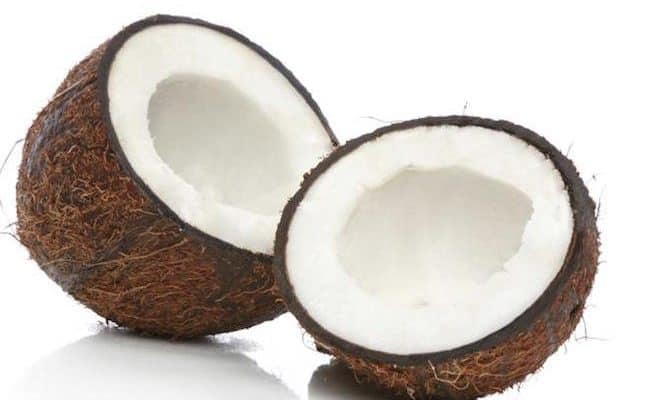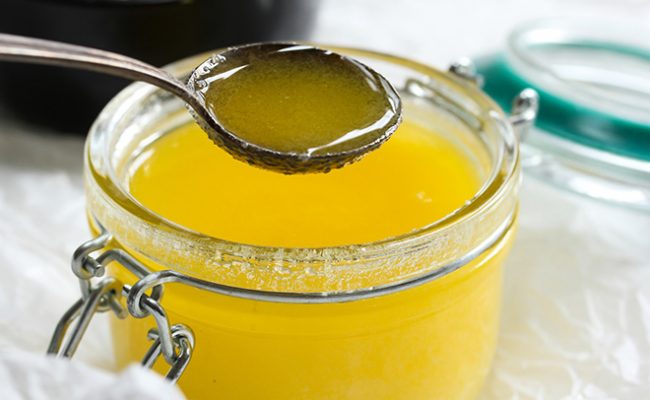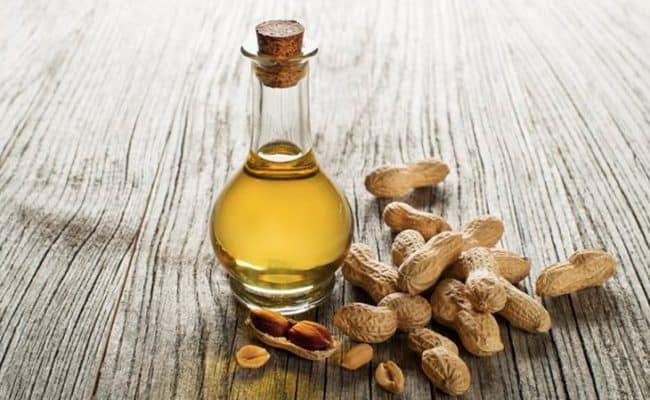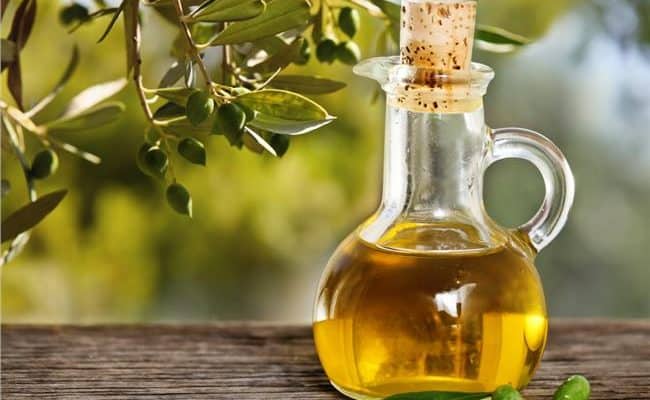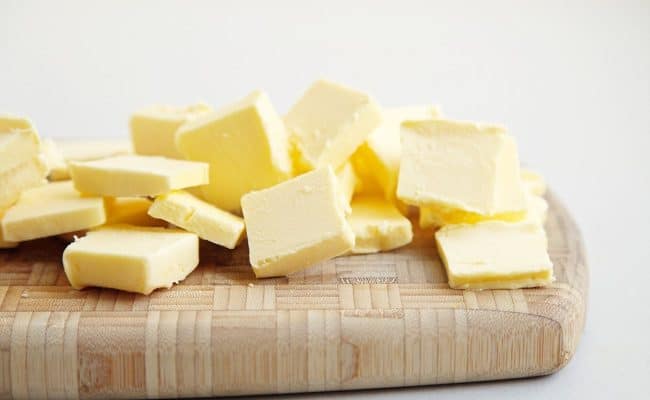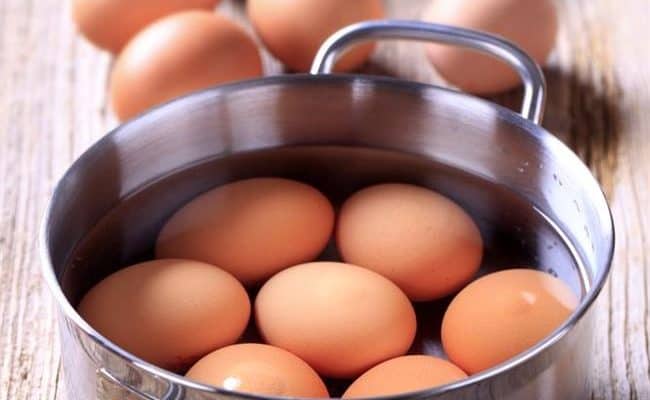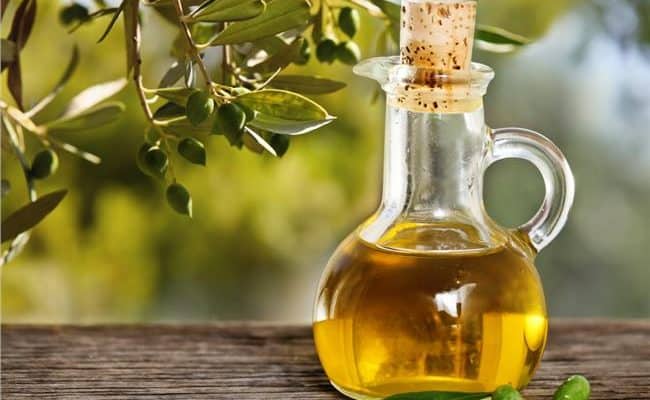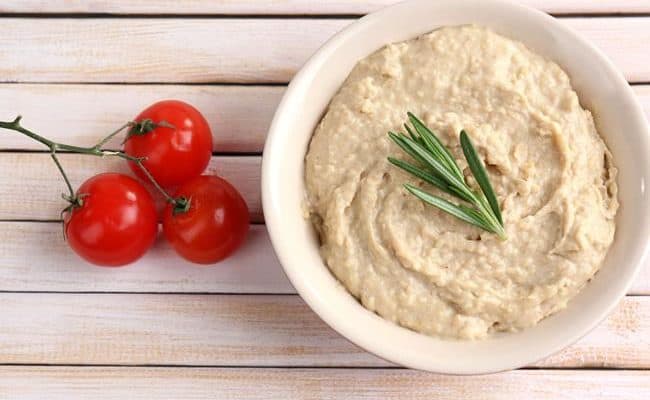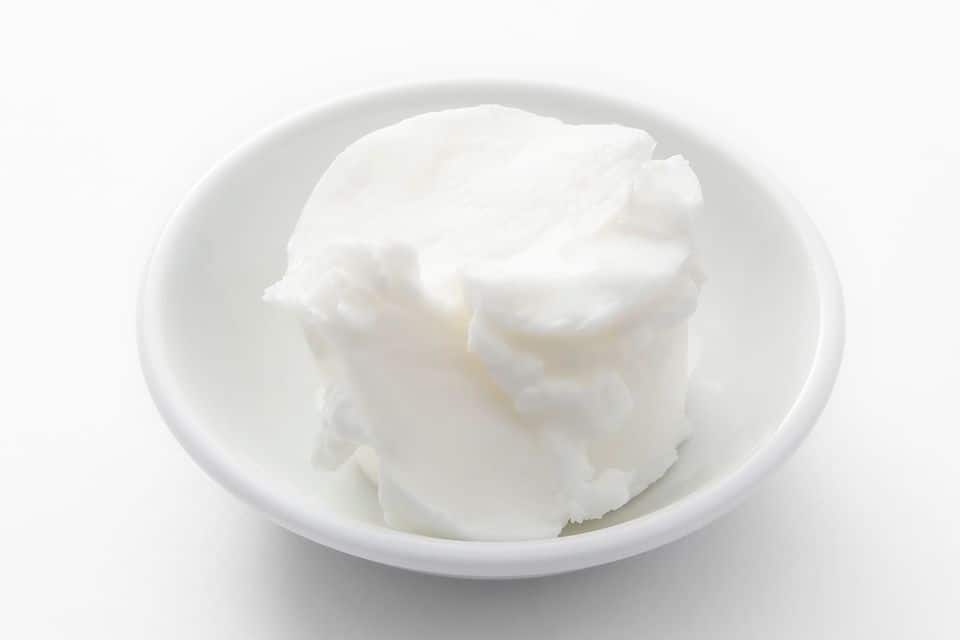
Crisco has become a household name in the United States as one of the most popular choices for vegetable shortening. Crisco was developed early in the 1900’s as a replacement for lard. Animal products were generally more expensive to buy, so Crisco was a cheaper cooking ingredient than lard.
Vegetable shortening, which uses partially hydrogenated oils, works well for baking desserts or frying.
Throughout the 1900’s, vegetable based shortening was portrayed in a positive light.
It was though the fats in shortening were healthier alternatives compared to animal based fats.
However, the way shortening is made with partially hydrogenated oils produces trans fats. Trans fats are now known to be associated with many negative health consequences.
In 2015, the FDA (1) took steps to start removing partially hydrogenated oils from the food supply to lower intake of trans fats.
Trans fats occur naturally in very small amounts in some dairy and meat products, but removing partially hydrogenated oils as an ingredient is the main concern for health reasons.
About 80% of trans fat intake is from processed foods according to the USDA (2).
Even though most shortenings currently will say they are trans free, does that mean they are safe to eat?
As with anything, looking at the quantity of shortening you are eating as part of your total diet is an important consideration.
How is shortening made?
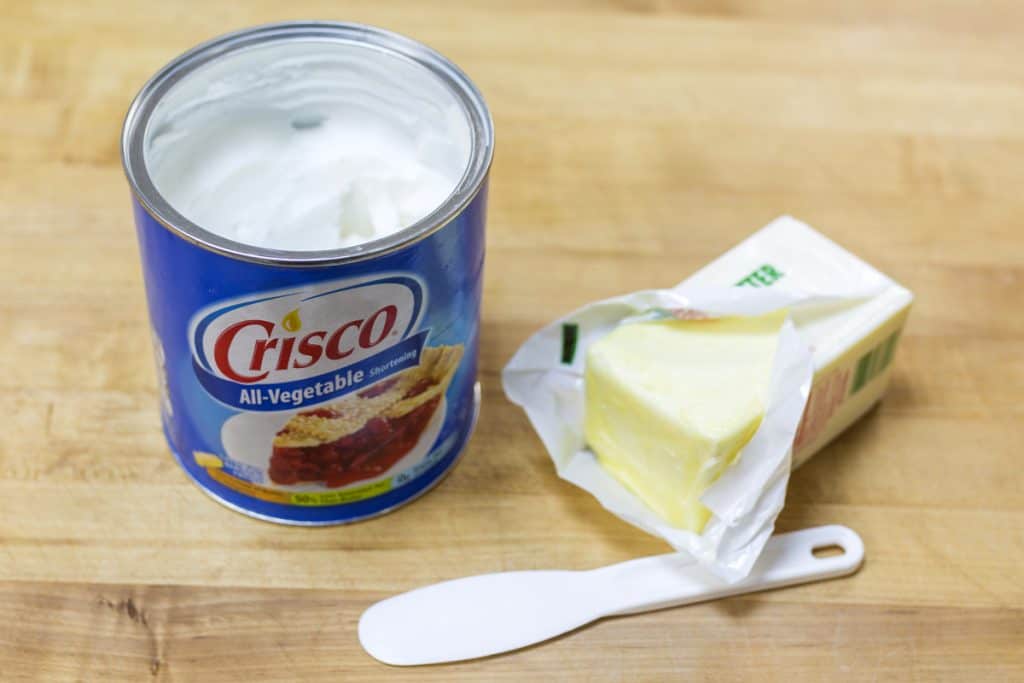
Shortening is not really a liquid or a solid fat; it is something in between.
Anytime partially hydrogenated oils are used for a food product, it means liquid oil basically has added hydrogen molecules to it.
The end result is taking liquid oil and turning it into more of a solid fat similar to lard.
Liquid oils don’t have a long shelf life, but partially hydrogenated oils do.
Therefore, foods with partially hydrogenated oils usually have a very long shelf life which is advantageous for food manufacturers.
Trans fat health risks
Research studies have shown trans fats can be harmful for health.
For example, a 2001 review (3) found higher intakes of saturated and trans fats negatively affected glucose metabolism and insulin sensitivity.
A 2001 study (4) looking at the diets of about 600 men over 10 years. Researchers concluded a higher intake of trans fats was associated with a higher risk of heart disease.
Because of these concerns with trans fat intake, health professional and organizations recommend to limit intake of all trans fats.
Since many processed foods, like vegetable shortening, use partially hydrogenated oil as a main ingredient, this means limiting intake of these foods is recommended for many health reasons.
What about shortening with no trans fats?
Current guidelines in place from the FDA limit how much trans fats can be given from a food.
This means most shortenings now have an altered formula compared to shortening from years before.
So does this mean shortening is now considered safe to eat? Unfortunately it’s not that simple.
If you look at a label for vegetable shortening, check the ingredients.
Avoid shortenings that list partially hydrogenated oil as one of the main ingredients.
Some shortening manufacturers already have altered ingredients to be in compliance with new FDA guidelines.
However, there may still be partially hydrogenated oil on the ingredient list.
A shortening may claim it is trans fat free but still have partially hydrogenated oil as an ingredient.
How is this possible?
A food can have less than 0.5 grams of trans fats and claim to be trans fat free. However, eating more than one serving of a food can easily provide a significant amount of trans fats.
Shortening alternatives
Depending on whom you ask, some may claim there isn’t an equal alternative to shortening.
Nevertheless, switching out shortening for healthier alternatives is probably worth the health benefit compared to any suspected flavor difference.
Switch to a liquid oil in place of shortening for pan or deep frying.
Corn, soybean and peanut oils have higher smoke points which make them suitable for frying (5). If you use shortening to grease a cooking pan, switch to a non-stick spray or oil the pan.
Using butter in place of shortening could work in most baking recipes, but substituting oil in place of shortening for baking may not produce the same result.
Is lard a healthy substitute for shortening?
Like butter, some are claiming animal based fats like lard are healthier alternatives for processed, manufactured fats like shortening and margarines.
However, as a 2012 NPR article (6) points out, lard should still be used in sparse amounts, and some lards could also have partially hydrogenated oils added to it to make it more shelf stable.
Conclusion: How much are you using?
Is shortening the healthier cooking alternative it was once thought to be? Absolutely not.
Shortening is made with partially hydrogenated oils which are a main source of trans fats in the diet.
Trans fats may increase risk for insulin resistance and heart disease especially when eaten in large quantities.
Current and future guidelines limit the amount of trans fats food manufacturers can put in foods.
This means most vegetable shortenings now or will shortly have a lower amount of trans fats in them.
However, per serving, they could still provide less than 0.5 grams of trans fats.
If you eat many food sources that can have up to 0.5 grams of trans fats, you could get a higher intake of trans fats throughout the day.
Even if you use trans fat free shortening, be aware you still need to monitor how much you are eating.
You can use healthier substitutes for shortening in any recipe, but you may have to experiment to find a suitable replacement.
However, it is worth it for the health benefits.
